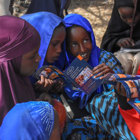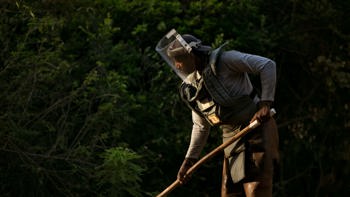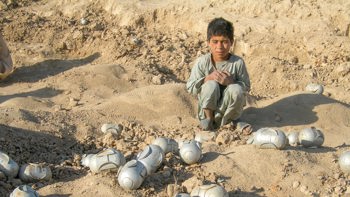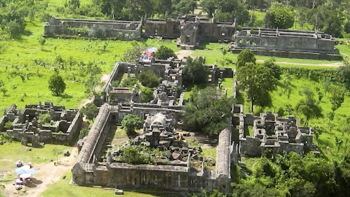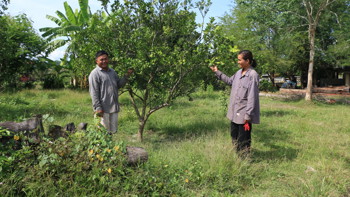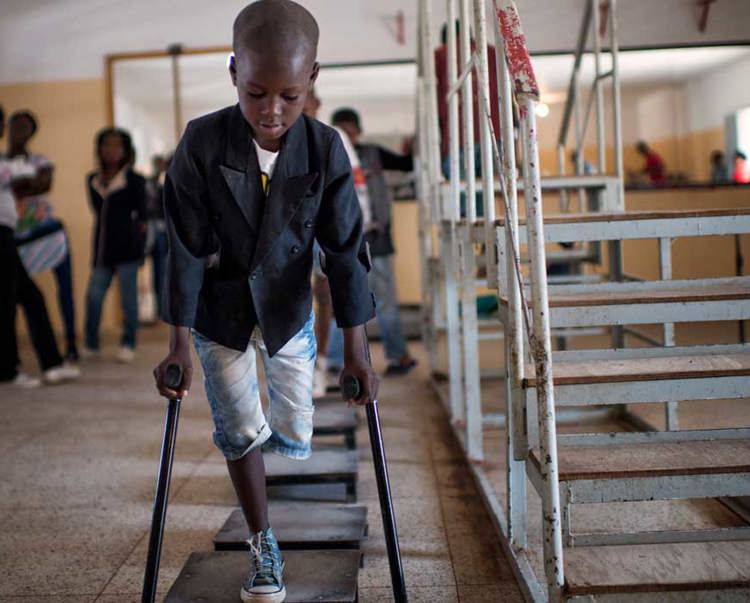The Solomon Islands is spread across six major islands and 1,000+ smaller islands in Melanesia, off the northeast coast of Australia. Only 147 of its islands are inhabited.
HALO's work here focuses on surveying the land to identify hazards and delivering safety training. We haven't been able to start clearing explosives yet, but hope to in the near future.
Situation in Solomon Islands
During World War II, the Japanese Imperial Army captured the Solomons in the aftermath of the attack on Pearl Harbour. Over the next two and a half years, the US and its allies fought hard to recapture them.
The land battles on the Solomon Islands were brutal, with heavy naval, air, and artillery bombardment, and close quarter fighting with mortars and grenades.
Guadalcanal is one of the Solomons' six main islands and home to the capital city of Honiara. This island was the site of a major six-month campaign between the Japanese and Allied troops in WWII. The lasting legacy of unexploded and abandoned ordnance continues to this day.
There is no formal method for recording explosives accidents in the Solomon islands. There is also no clear picture of the scale of contamination.
This lack of data hinders the government from developing a strategy or requesting international assistance.

Doreen Noda’s son Charley and his friend Rasif Hilly died in 2021 when a bomb exploded beneath their barbecue.

Site of the Bloody Ridge battle, 1942
Bloody Ridge
The Bloody Ridge battle took place on the island of Guadalcanal. It was a gruelling two-day battle between the Japanese and Allied forces in September 1942.
The population of the Solomons has continued to expand since the end of the war. There are now over 150,000 people living on Guadalcanal.
Approximately 1,800 people live around the dangerous site of the Bloody Ridge, which is still peppered with explosives and weapon fragments.

"The unexploded ordnance threat in Solomon Islands is not just a historical issue, it's a daily danger. Children are still finding grenades in their backyards. Some impoverished communities are harvesting explosives for fishing. And we still don't know how many lives have been lost."
HALO's work and impact in Solomon Islands

HALO began operations in the Solomon Islands in June 2023, thanks to support from the US Government. We conducted a survey of the Bloody Ridge battle site.
We've used recovered battlefield information and clearance records from the local police to guide our approach.
We've also engaged with community elders by reaching out to them directly to explain our work. We've organised meetings where locals have shared valuable information on the location of bombs. This open-door policy encourages more information-sharing when explosives are found.
HALO is supporting the Japan Association for Recovery and Repatriation of War Casualties and the US Defense Prisoners of War/Missing in Action Accounting Agency. These organisations seek the remains of missing soldiers from WWII. Old maps, military records, and community liaison, are important when searching for human remains or explosives.
Importance of safety training
From the beginning of HALO's operations in the Solomon Islands, HALO has delivered safety training in community meetings. In December 2023, HALO distributed leaflets, posters, and school exercise books. All materials include guidelines from the police. This includes a warning not to build fires, as it poses a threat.
Shortly after HALO's arrival in Honiara, a nine-year-old boy approached one of our teams. In his hand he carried a Japanese Type 91 grenade. This was fired from the end of a rifle more than 70 years before he was born.
This stark reminder of the dangerous legacy of the war shows the importance of HALO's work here.





